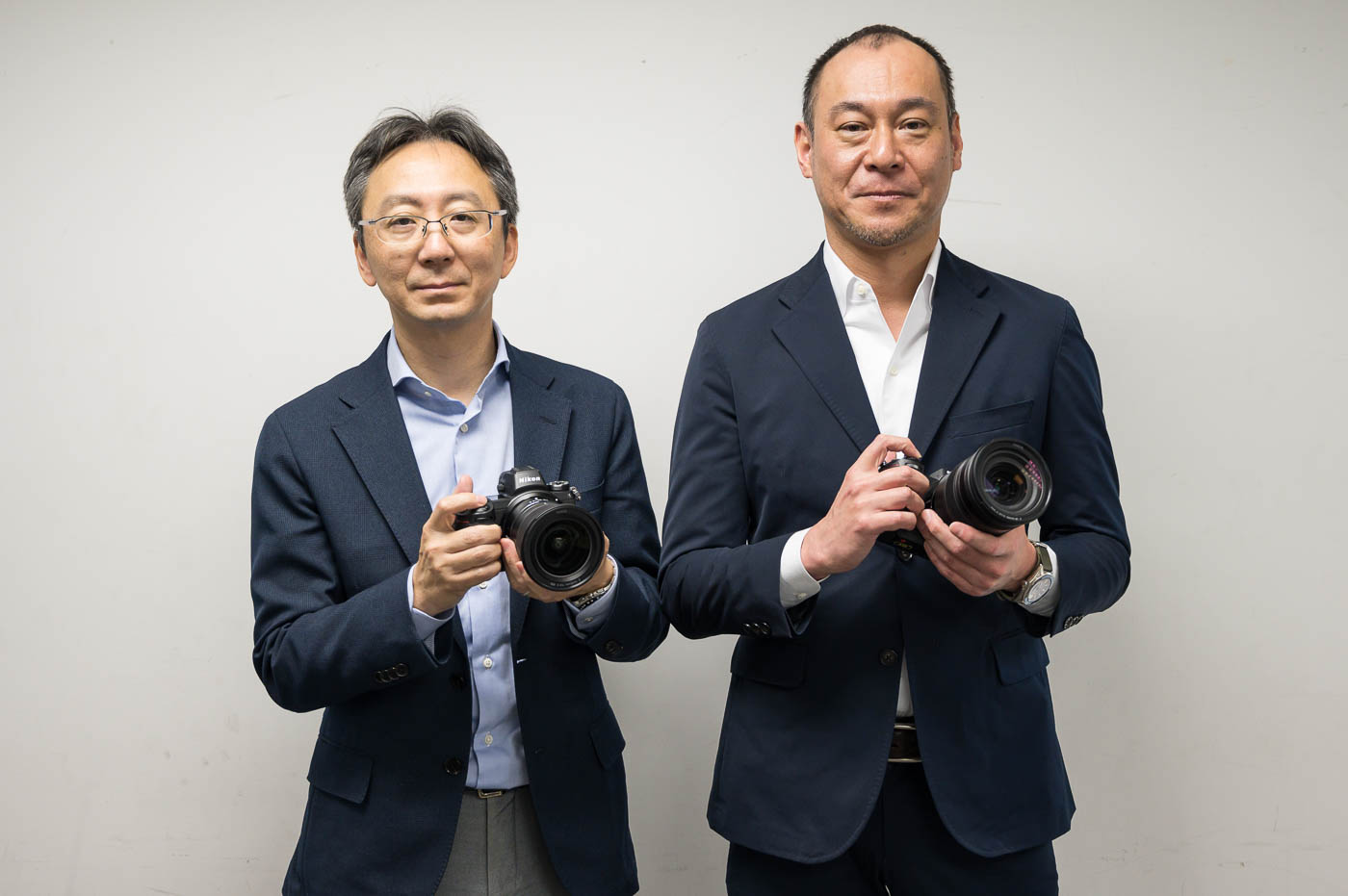The Z9 aims to fill several market niches: sports, press, studio, outdoors including wildlife and landscape.
High end video with sustained recording applies in majority of genres , but it's aimed especially at Pros.
Heavily committed Hobbyists overlap closely in their needs for features with those of Pros above, in many respects and genres.
The Z5 is a parts bin entry camera to attract and lock in hobbyists and students etc. So are the DX Z entry level MILCs. Zfc inclusive. Nikon's employees state this explicitly. The other major difference is they make the bare minimum of DX lenses, because the non S Line FX optics cover dual roles, for most DX owners' needs.
A Pro DX Z90 makes sound sense if it earns high profit margin on repacked Z9 technology, The stacked sensor is probably the big R&D cost that's strategized wrt "When?" or rather "Why?" The big factor is likely RRP vs profit and return on expensive stacked DX sensor (but it already exists).
Further extrapolating from Nikon's stated corporate objectives,
summarized in this thread .....
Arguably, more affordable Prosumer Cameras attract more




hobbyists, who will buy not just the 200-600 but other S Line Nikkors, telephotos especially....



.... at high profit margins to the seller. (And brand wars aside, but who else has the options in lighter telephoto PF-class models, built-in TCs, PLUS so much diversity to match all the affordable F-mount glass.) So does Nikon need to make a Z90 if the Z8 sells well, and most importantly sells more lenses? The bottom line in the shrunken ILC marketplace is stated as a dominant overarching aim of the newly restructured Nikon: push at the ratio of Camera : Lens Sales to average 1:2 [edited]



